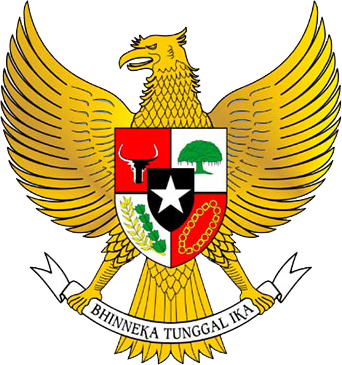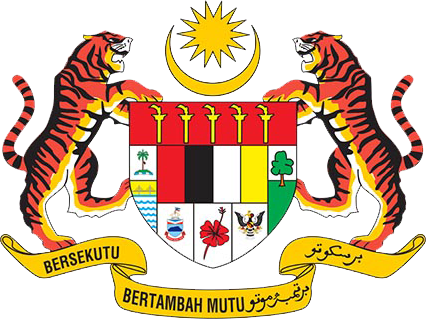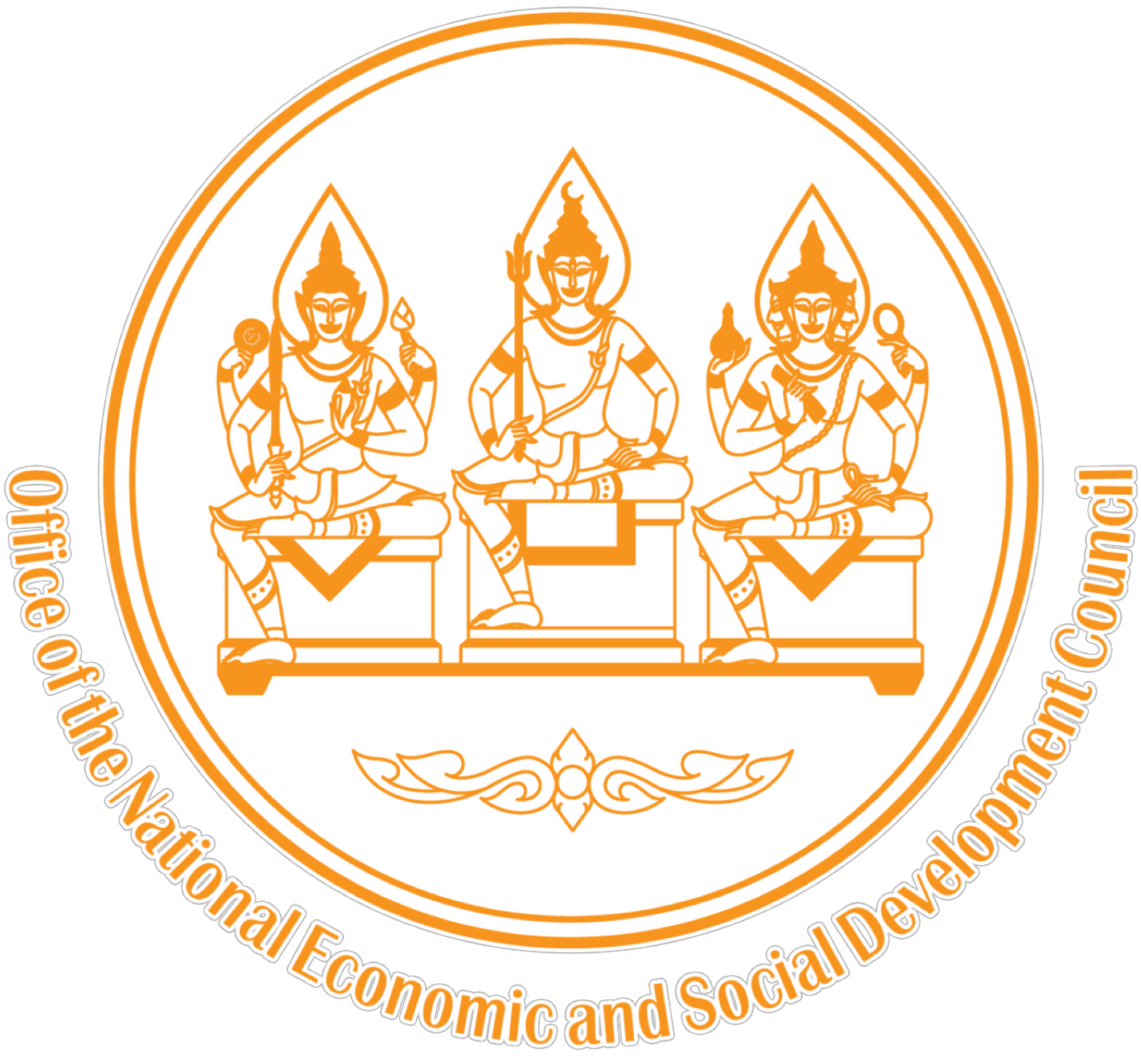MALAYSIA

INTRODUCTION
Malaysia, a land of ready smiles and incredible contrast beckons the visitor with a rich of diversity of experiences. A charming, fascinating land of warm, friendly people, here you get a taste of Asia at its most accessible whatever your tour preferences are.
The country’s social, political and economic stability have ensured a well structures development. Malaysia today is a cosmopolitan, progressive nation of great opportunity which has managed to retain its rich heritage of culture and traditions despite modernization.
The country’s rich character unfolds form the moment the visitor clears the state-of-the-art KL international airport (KLIA) in Sepang.
He will soon discover that Malaysia is a fascinating kaleidoscope of interesting and colourful places, peoples, festivals, art and delightful cuisine.
The country is also endowed with verdant rainforests, beautiful dive sites and marine parks containing fascinating animal life and a diversity of flora and fauna unique to this part of the world.
In Malaysia you can choose to city-hop to experience the incredible variety of shopping opportunities, entertainment and accommodation or lie back blissfully on white sand beaches as you gaze upon he rustic charms of countryside. Or take an eco-holiday and climb Kinabalu, one of the regions highest mountains, visit the orang-utans in Sepilok, or go diving in Sipadan. Malaysia has something for everyone, the historian, the businessman, the backpacker, the eco-tourist, city-hopper or breachcomber.
Bring the family along for the Malaysia holiday adventure is a well-rounded experience. In the words of British novelist and playwright, Somerest Maugham, who visited Penang in the regal days of the empire, “if you haven’t seen the place, you haven’t seen the world”.
GEOGRAPHY
Malaysia is the 43rd most populated country and the 66th largest country by total land area in the world, with a population of about 28 million and a land area of over 32,000 km square respectively. It is comparable in population to Saudi Arabia and Venezuela, and is roughly similar in size to Norway and Vietnam, along with the U.S. state of New Mexico.
The two distinct parts of Malaysia, separated from each other by the South of China Sea, share a largely similar landscape in that both West and East Malaysia feature coastal plains rising to often densely forested hills and mountains, the highest of which is Mount of Kinabalu at 4095.2 metres (13,436 ft) on the island of Borneo. The local climate is equatorial and characterized by the annual southwest (April to October) and northeast (October to February) monsoons.
Kota Kinabalu, capital of East Malaysia state of Sabah is located 1,600 kilometers (990 mi) east across the South China Sea form Kuala Lumpur. Tanjung Piai, located in the southern state of Johor, is the southernmost tip of continental Asia. The Strait of Malacca, lying between Sumatera and Peninsular Malaysia, is arguably the most important shipping lane in the world.
Kuala Lumpur is the official capital and largest city of Malaysia. Putrajaya is the federal administrative capital. Although many executive and judicial branches of the federal government have moved there (to ease growing congestion within Kuala Lumpur), Kuala Lumpur is still recognized as the legislative capital of Malaysia since it houses the seat of the Parliament of Malaysia. It is also the main commercial and financial centre of the country.
Other major cities include George Town, Ipoh, Johor Bharu, Kuching, Kota Kinabalu, Miri, Alor Setar, Malacca Town, Kuala Terengganu, Kota Bharu, Kuantan, and Petaling Jaya.




